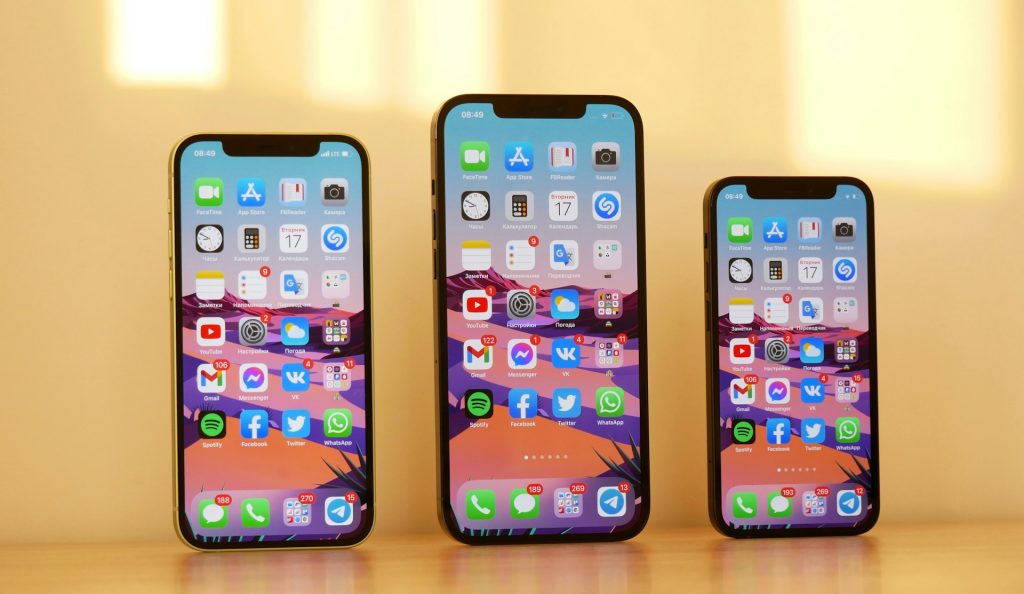iPhone 16 vs iPhone 15: Key Differences Highlighted
3 min read
Apple has introduced the iPhone 16, the latest addition to its lineup, and it brings several noteworthy updates, including design tweaks, new features, and improved battery life. As always, Apple has released four models in the iPhone 16 series, but this article will focus on the standard iPhone 16 and how it compares to its predecessor, the iPhone 15.
For those interested in the Pro models or the larger Pro Max, there are detailed comparisons available, but here, we will take a close look at the iPhone 16, the most affordable model in the lineup. Priced at $800 for the base 128GB variant, it offers the same starting price as last year’s iPhone 15, which is a positive considering the trend of rising prices across other brands.
Refreshed Design and Internal Changes
The most visible change on the new iPhone 16 is the rear camera. Apple has introduced a new pill-shaped camera design, which is quite different from the square arrangement seen in the iPhone 15. On the inside, the phone is powered by the Apple A18 chipset, which brings faster performance and improved power efficiency. This chipset will also support various AI-driven features, although many of these features will be rolled out through software updates later this year or next.
Despite the changes inside, the iPhone 16 maintains the same size and shape as its predecessor. It features a 6.1-inch screen with an aluminum frame and a matte glass finish on the back. Although the overall form factor remains consistent, there may be a slight reduction in the size of the bezels, though this is something usually reserved for the Pro models.
Camera Arrangement and Spatial Video Support
One of the most talked-about changes is the new camera arrangement. Apple has gone back to a vertical camera alignment, which was last seen on the iPhone X and continued until the iPhone 12 series. The reason for this shift is the introduction of Spatial Video, a new 3D video format designed to enhance the viewing experience on Apple’s Vision Pro headset. For the Spatial Video feature to work effectively, the camera lenses must be aligned in a straight line, hence the return to this classic layout.
New Button Configuration
Another significant change in the iPhone 16 is the introduction of new buttons. The mute switch has been replaced by an Action Button, which can be customized for various functions. Additionally, there’s a new Camera Control button, positioned on the right side, just below the Power Button. This button functions like a dedicated camera shutter, allowing for precise focus and quick snapshots.
Apple has made a few adjustments to accommodate these new buttons. The mmWave antenna, which was previously located on the right side, has been relocated to the bottom left, below the volume keys. The Action Button is now placed on the left side above the volume keys, and the Camera Control button sits on the right side, making it easier to access the camera.
Other Features and Minor Updates
In terms of size and weight, the iPhone 16 remains virtually identical to the iPhone 15. It still includes the same USB-C port, and like its predecessor, it offers IP68 water and dust resistance. However, one downside is that the base model iPhone 16 continues to support only USB 2.0 transfer speeds, while the Pro models have moved to USB 3.0.
When it comes to colors, Apple has introduced a range of vibrant options for the iPhone 16, offering users more variety and a fresh, modern look.
In summary, while the iPhone 16 retains many features from the previous model, it brings several practical improvements, particularly in terms of design, camera capabilities, and user convenience with the new buttons. Despite some limitations, such as the slower USB transfer speeds on the base model, the iPhone 16 offers a balanced blend of performance and new features at a familiar price point.





